
Toyota has accelerated its ‘Green Wave Project’ commemorating this year’s environment month. It is aimed at enhancing its nature conservation activity in the community with the company distributing saplings to its employees, under its sixth challenge that is termed as ‘Establishing a Future Society in Harmony with Nature’ and looks to contribute to the Toyota Environmental Challenge 2050.
While the eco campaign continues to drive active community involvement to promote greenery, through employee engagement, Toyota Kirloskar Motor (TKM) has successfully distributed over 7000 saplings to its employees, marking significant progress towards its 8,000-sapling target set under its plantation activity.
With TKM employees encouraged to plant and nurture the distributed saplings within their neighbourhoods and submit periodic reports on plant growth, the it is noteworthy to mention about Toyota’s tree plantation activities that are strongly driven by adopting a unique concept namely the ‘Miyawaki Method of Afforestation’ since 2009, and TKM was the first corporate in India to implement such plantation methodology. TKM’s steadfast commitment to sustainability and ecological restoration is yielding remarkable results, as evidenced by the numerous advantages of the Miyawaki approach. A comprehensive study conducted in collaboration with experts from Bangalore University revealed that the Miyawaki method excels in carbon sequestration, capturing an impressive 30.86 tonnes of carbon per acre.
By doing so, TKM not only restored native habitats but also created self-sustaining ecosystem that contribute to a healthier planet. Under the guidance of Late Dr Akira Miyawaki himself, TKM initiated its maiden Miyawaki plantation drive, way back in 2009, marking a significant milestone in its journey towards conservation of greenery and eco-consciousness. Since that momentous day, TKM's plantation drives have continued to evolve and expanded to 112 acres of green cover within the factory premises, out of which 32 acres of afforestation has been developed using Miyawaki method. Today, Toyota’s manufacturing facility, located in Bidadi (on the outskirts of Bengaluru) proudly boasts more than 328,000 trees of over 790 native species planted within its premises. The results have been truly awe-inspiring with a remarkable increase in biodiversity observed over the years.
From a mere 181 plant species, the count has surged to an impressive 790, while the number of faunal species has risen from 76 to 284. The vibrant ecosystem now encompasses 88 bird varieties, 38 butterfly species, 107 insects, 17 reptiles, 8 mammals, and 6 amphibians, reflecting the successful development of a thriving native forest ecosystem.
In addition, TKM has created an experiential environmental learning centre ‘Ecozone’ (spread across 25 acres with 17 theme parks and home to 65,000 trees with 650 native species) for children, teachers, community members and other stakeholders, within its manufacturing facility aimed at creating the environment leaders and change champions for the future, to usher in desired behavioural change in the communities. This green zone depicts the creation of dense forest within the plant facility using the ‘Miyawaki Concept’ of plantation. The forests are dominantly planted with species of 4 major forest types such as Dry Deciduous, Moist Deciduous, Semi-evergreen and Evergreen Forest, covering 21 different sub-concepts such as Pollination meadows, herbal garden, plants for spices etc. So far, more than 42,000+ students & other stakeholders have been covered through ecozone initiative.
B Padmanabha, Executive Vice President and Director of Manufacturing - Toyota Kirloskar Motor, averred, “At Toyota Kirloskar Motor, we recognise that environmental and social sustainability are just as crucial as economic progression. Guided by Toyota’s Global Environmental Challenge 2050 (six challenges announced in 2015), our sustainability efforts are far reaching that go beyond product zero emissions. While the first three challenges seek to achieve zero carbon emissions covering the entire life cycle of our products, across manufacturing operations as well as our value chain, the last three challenges focus to achieve water conservation, establishing recycled based society and living in harmony with nature.”
“We believe that a sustainable future is built through collective action and community involvement, as exemplified by one of our eco initiatives - Green Wave Program that covers afforestation (plantation drives, distribution of saplings), sharing best practices (e.g. Miyawaki plantation methodology), creating awareness on nature conservation and imbibing good eco behaviour (Toyota Ecozone – Experiential Eco Learning). Together with our employees and other stakeholders, we aim to catalyse positive change in the community to safeguard the environment to the future,” he added.
MapmyIndia And Zoho Announce Integration For CRM Users
- By MT Bureau
- November 26, 2025
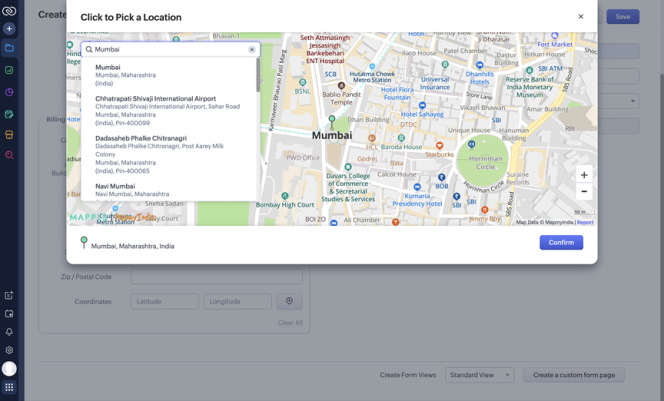
MapmyIndia Mappls, a digital mapping and geospatial technology company, and Zoho, a technology company, have announced a collaboration to integrate two MapmyIndia features directly within Zoho CRM. The features being integrated are Address Capture and Nearby Lead Finder.
The integration allows Zoho CRM users to: capture verified addresses, visualise customer locations, discover potential leads in nearby areas and optimise sales routes. These functions are powered by MapmyIndia’s mapping platform.
Rakesh Verma, Co-Founder, Managing Director & Group Chairman, MapmyIndia Mappls, said, “This partnership between MapmyIndia and Zoho is a true blue Swadeshi celebration – two Indian innovators and leaders in their respective fields - coming together to deliver cutting-edge, homegrown technology that is world-class. MapmyIndia Mappls Address Capture and Nearby Lead Finder capabilities will help Zoho CRM users across India to work smarter and sell better, while keeping all data and innovation safe within India. I am confident that this partnership will boost collaborations amongst Indian tech companies creating a sympathetic ecosystem towards the realisation of an Atmanirbhar, Viksit Bharat.”
Mani Vembu, CEO, Zoho, said, "At Zoho, we believe that true technological progress begins with self-reliance. Building deep-tech R&D from India has always been one of our foundational pursuits, driven by the immense talent and creativity that thrive in the country. Our partnership with MapmyIndia embodies this vision, uniting homegrown expertise in business software and digital mapping to deliver solutions that are powerful, privacy-focused and proudly indigenous. This integration empowers Indian businesses by combining business intelligence with spatial intelligence, giving field teams the location-aware insights they need to better serve their customers."
Toyota Kirloskar Motor Opens Experiential Museum In Bengaluru
- By MT Bureau
- November 24, 2025
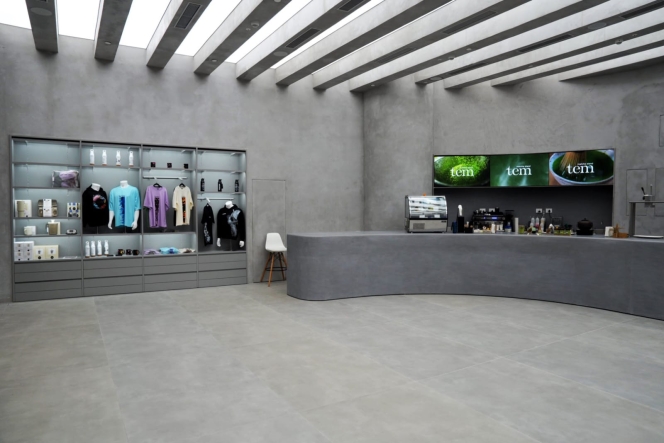
Toyota Kirloskar Motor (TKM) has unveiled the Toyota Experiential Museum (TEM) in Bengaluru, which it said is a new cultural and lifestyle hub for the company. The space combines Indian philosophy with Japanese culture and technology.
Located on the ground floor of the Phoenix Mall of Asia, TEM is spread across 8,200 sq ft and offers a five-senses experience, blending Japanese minimalism with Indian warmth through visuals, sounds, scents, textures and flavours.
Tadashi Asazuma, Deputy Managing Director, Toyota Kirloskar Motor, said, “At Toyota, our vision of creating ‘Happier Paths Together’ goes beyond mobility – it is about inspiring experiences that connect people, cultures, and emotions. With TEM, we hope to offer a truly unique experience that embodies this spirit.
In India, we found inspiration in the practice of Sadhana – the mindful pursuit of inner balance and fulfilment. TEM is where the Japanese culture and values of precision, serenity, and respect for nature beautifully align with the spirit of Sadhana, making TEM a meaningful blend of both. Designed to engage the senses and spark reflection, it brings together art, technology, and craftsmanship to inspire mindfulness, especially amongst the youth.”
The museum features minimalist interiors and distinct aesthetics designed to spark curiosity, inviting guests to explore at their own pace. The journey begins with a mirrored and rhythmic experience of the changing seasons common to Japan and India, unfolding through infinite projections of light, colour and motion. It then rises into a celebration of shared passion, featuring an audio-visual collaboration with DRUM TAO. A display includes a water curtain encircling a car draped in satin.
A design cafe offers a range of merchandise blending heritage with contemporary lifestyle, celebrating simplicity and craftsmanship.
The TEM cafe features a curated menu that blends the Japanese tradition of matcha with Indian flavours. Highlights include the India-inspired mango infusion.
- Maruti Suzuki India
- Maruti Suzuki Innovation Fund
- Ravity Software Solutions
- Sociograph Solutions
- Amlgo Labs
- Hisashi Takeuchi
- Vikas Rungta
Maruti Suzuki India Invests INR 20 Million In Ravity Software Solutions
- By MT Bureau
- November 21, 2025

Maruti Suzuki India (Maruti Suzuki) has announced an investment of nearly INR 20 million to pick up 7.84 percent stake in Bengaluru-based mobility insights start-up Ravity Software Solutions. The start-up claimed to be a global platform for AI-driven connected mobility intelligence, which transforms vehicle data into business value.
This marks the automaker’s third such move through ‘Maruti Suzuki Innovation Fund’, which makes strategic investments in innovative and high-potential start-ups that can support Maruti Suzuki India’s operations.
The company made its first investment of INR 20 million in Sociograph Solutions in June 2022, followed by the same amount in Amlgo Labs in March 2024.
Hisashi Takeuchi, Managing Director & CEO, Maruti Suzuki India, said, “Aligning to our core value of keeping customer at the core of our business, we are focused on enhancing vehicle ownership experience. In the age of open innovation, we strive to co-create business solutions with specialized entities operating in the particular field. Startups are ideal partners as they bring agility, fresh thinking, and cutting-edge solutions, to support our goal of ensuring customer delight. Our investment in Ravity Software Solutions will enable us to elevate customer experience through data-driven insights. We have been associating with startups since 2019 under our Maruti Suzuki Innovation programs. Through this initiative, we are investing in a culture of innovation, building strategic partnerships, and unlocking new opportunities, in line with Government’s ‘Startup India’ initiative to promote entrepreneurship in the country.”
Vikas Rungta, Founder, Ravity Software Solutions, said, “It is an honour to be associated with an industry leader like Maruti Suzuki, whose name is synonymous with bringing personal mobility to millions in India as well as across the globe. An automobile major like Maruti Suzuki partnering with a startup speaks volumes about its forward-thinking mindset, humility, and openness to learn and collaborate to explore new ideas. With our excellence and expertise in AI, analytics and mobility, we are committed to upholding the trust Maruti Suzuki has placed in us. We believe that the high complementarity of our strengths: Maruti Suzuki’s scale of business and our agility and entrepreneurship, will further enhance customer experience and delight.”
LG Display Wins Two CES 2026 Innovation Awards For Automotive Display Technology
- By MT Bureau
- November 21, 2025
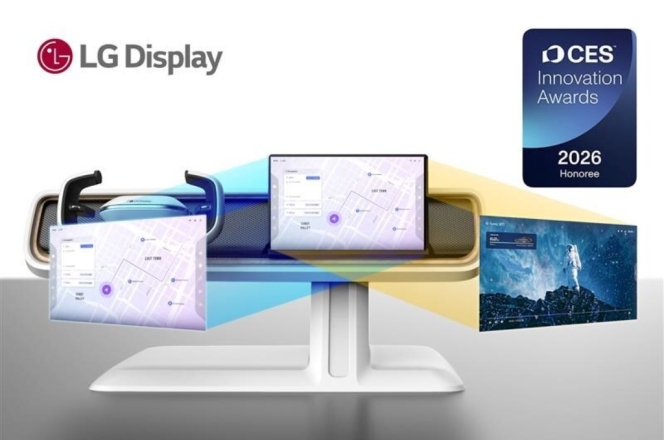
LG Display has secured two CES 2026 Innovation Awards from the Consumer Technology Association (CTA) for two automotive display innovations: Dual View OLED and Under Display Camera-infrared (UDC-IR) OLED.
Both products were honoured in the In-Vehicle Entertainment category for delivering space efficiency, superior picture quality and high standards of safety.
The Dual View OLED solution allows a single automotive display to show different content based on the viewing position. For example, the driver can view navigation while the front passenger streams content. Optimised pixel structure ensures the driver’s touch operation does not interfere with the passenger’s entertainment. The product utilises a Tandem OLED device structure for picture quality and operates reliably in environments ranging from -40deg C to 85deg C.
The UDC-IR OLED jointly developed with LG Innotek, is claimed to world’s first full-screen automotive display to conceal an in-screen driver-monitoring camera. LG Display developed advanced algorithms that make the camera hole invisible from the driver’s viewpoint. The camera integrates LG Innotek’s high-resolution IR camera and image-enhancement software to ensure accurate driver monitoring, which is becoming mandatory due to global safety regulations.
LG Display will showcase these solutions at a dedicated booth at CES 2026. The company has consistently won CES Innovation Awards, previously honoured for its Thin Actuator Sound Solution (CES 2023) and its 57-inch Pillar-to-Pillar LCD (CES 2024).


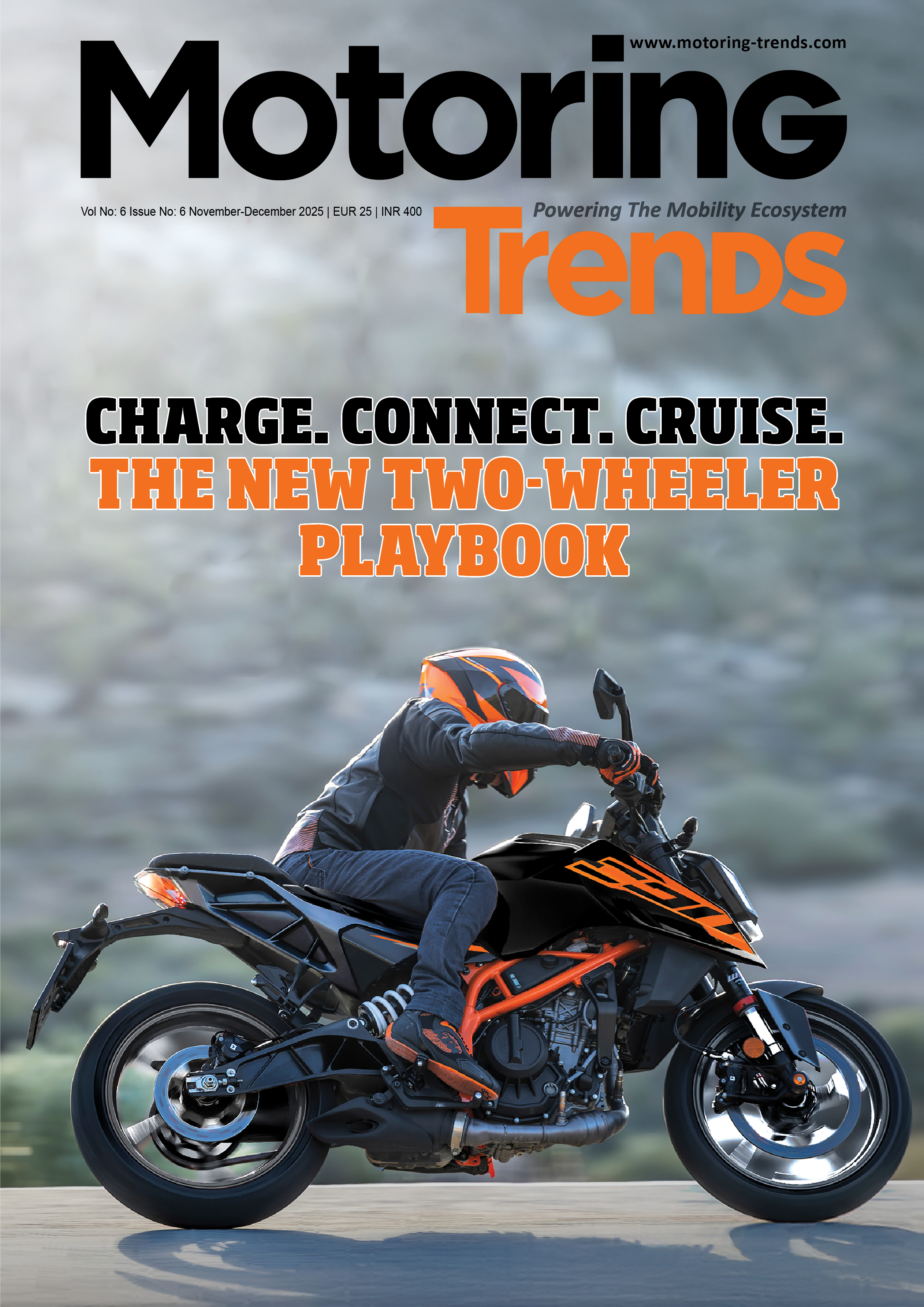

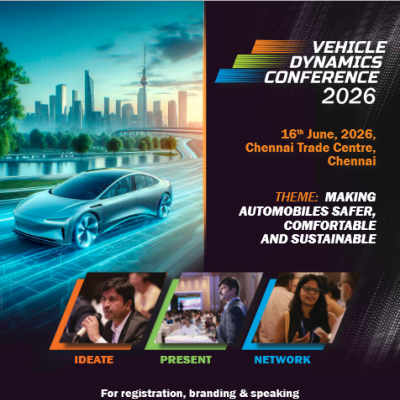
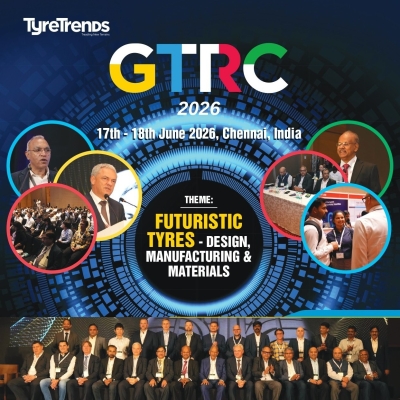
Comments (0)
ADD COMMENT